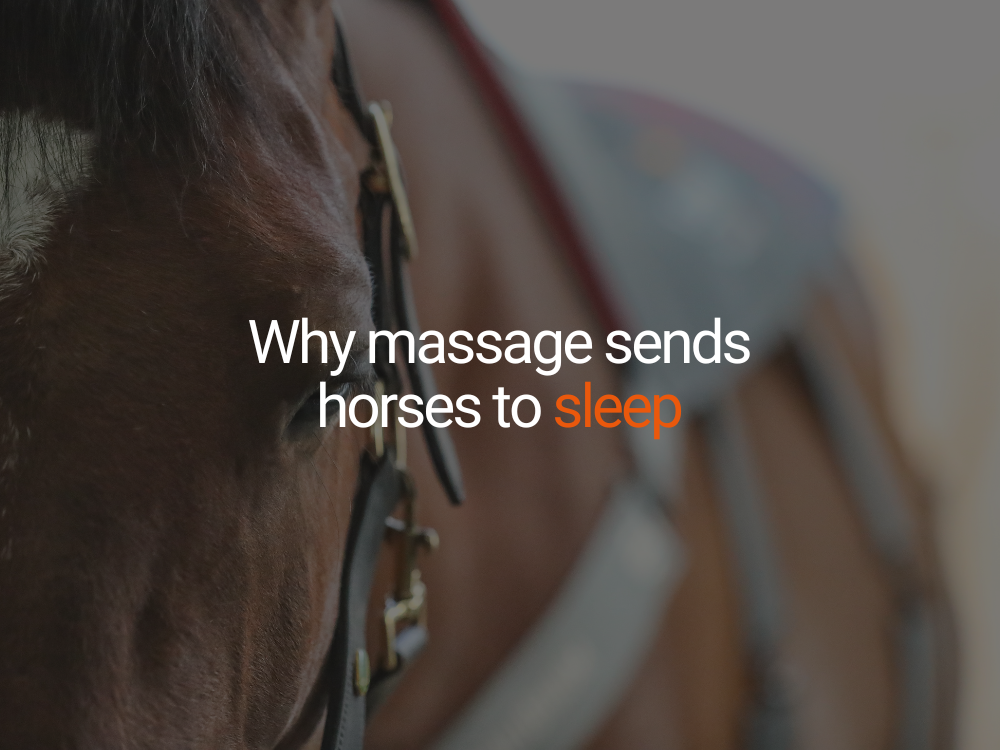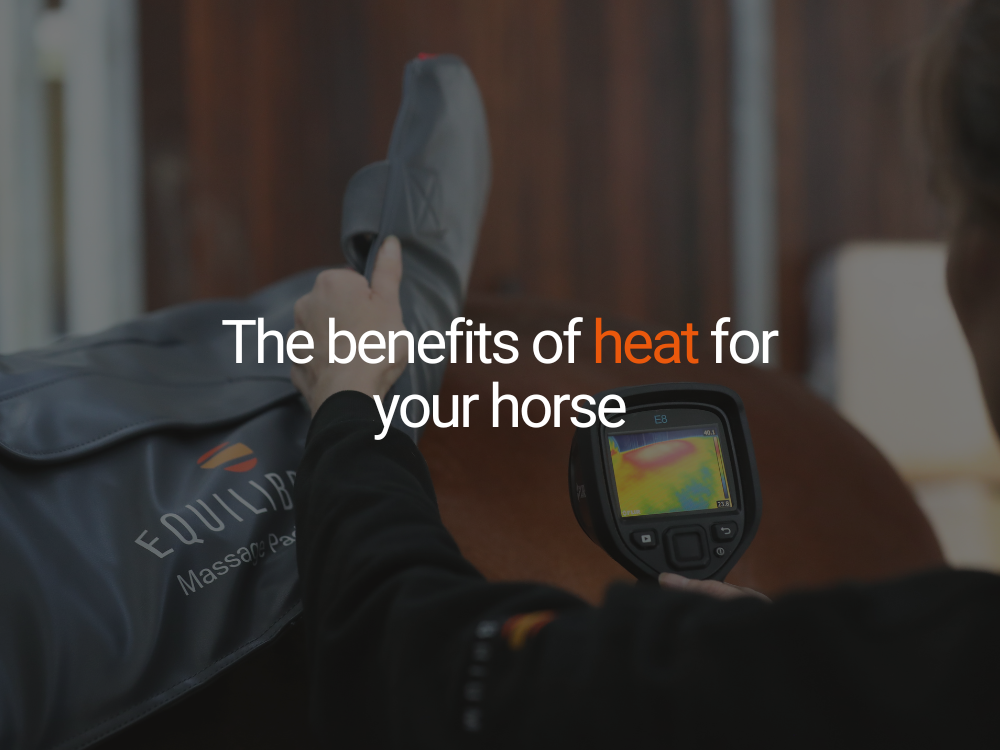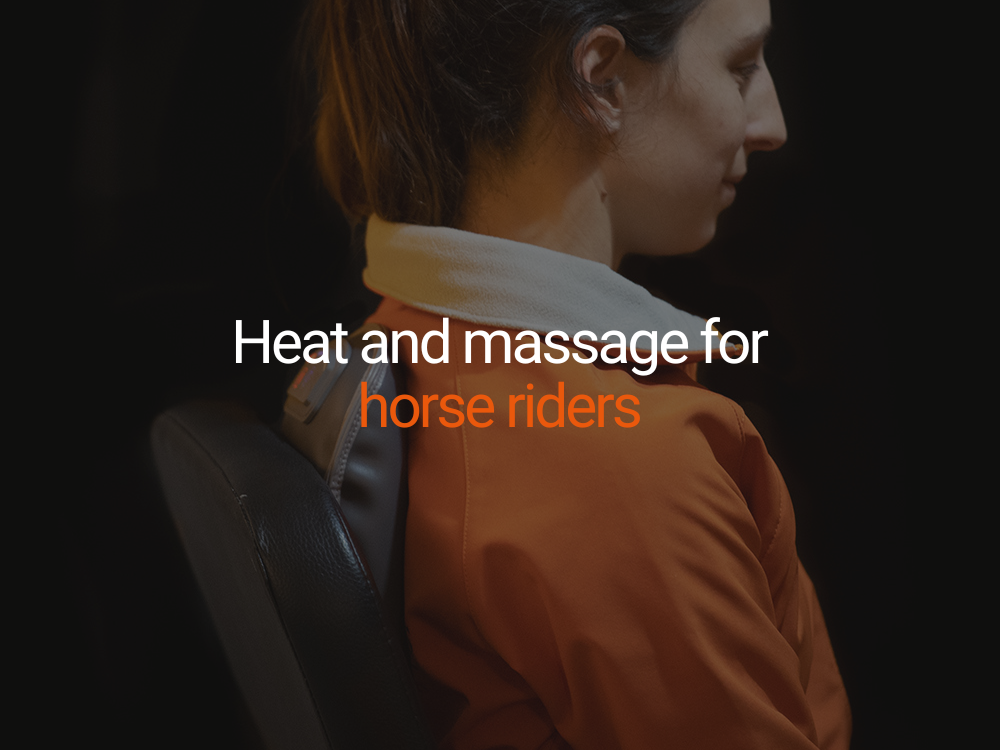In recent years, animal physiotherapy, including massage and magnetic therapy, has grown in popularity as a way to support the musculoskeletal health of horses. These therapies aim to prevent injuries, promote recovery, and enhance performance, making them a staple for owners and trainers seeking optimal care for their equine partners.
Massage, defined as the manipulation of soft tissues, offers a range of benefits including injury prevention, relaxation, fatigue recovery, and increased mobility (Hemmings, 2001). By improving flexibility and reducing musculoskeletal pain, massage can significantly enhance a horse's performance (Gellman, 1998). While manual massage techniques have long been the traditional approach, advancements in technology have introduced electrical modalities, expanding the options for therapeutic intervention.

The Benefits of Equine Massage
Massage isn’t just a luxury — it’s a powerful tool to promote a horse's physical and mental well-being. Here's a closer look at its key benefits:
1. Improved Flexibility and Relaxation
Tension in the muscles and soft tissues is one of the most common causes of poor performance in horses. Tension can manifest in various ways, such as stiffness, shortened stride length, or behavioural issues like hollowness, bucking, or even rearing. Regular massage helps release this tension, promoting relaxation and improving back flexibility. By maintaining a healthy, supple back, horses are better equipped to perform to their full potential.
2. Enhanced Blood Flow and Circulation
Massage stimulates blood flow to the treated areas, promoting vasodilation — the widening of blood vessels. This increased circulation brings an enhanced supply of oxygen and nutrients to the muscles, which is crucial for maintaining muscle health. Post-exercise, massage aids in flushing out metabolic waste products like lactic acid, which can otherwise contribute to soreness and fatigue.
3. Reduction in Injury Risk
By keeping muscles pliable, soft, and free of adhesions, massage reduces the risk of strains or tears. Regular massage sessions with a qualified therapist can also highlight any musculature changes, and allow you to identify any potential problems.
4. Behavioural and Psychological Benefits
Massage doesn’t just address physical issues. The release of endorphins during massage sessions provides a sense of relaxation and comfort, making it an effective tool for managing stress, but also giving the horse a 'feel-good' sensation.
When to Use Massage
Incorporating massage into your horse's routine can be beneficial in various scenarios. Here are some practical applications:
- For horses on box rest: Massage helps maintain circulation and prevent muscle atrophy during periods of restricted movement.
- After exercise: Helps with muscle recovery by removing toxins and promoting repair.
- Before exercise: Serves as a valuable part of a warm-up routine, increasing circulation and encouraging relaxation to prepare muscles for activity.
- After travelling: Helps to alleviate stiffness and discomfort caused by prolonged periods of standing in a trailer or lorry.
- On rest days: Supports overall maintenance and recovery, ensuring muscles remain supple.
- As a reward: A relaxing massage can be a great way to bond with your horse.
Manual vs. Technology-Assisted Massage
Traditional massage techniques, performed manually, remain widely practised and effective. However, the introduction of electrical modalities, such as massage pads or handheld devices, has made equine massage more accessible and consistent. These tools can target specific areas, provide adjustable intensity, and are convenient for use both at home and on the go. These do not replace the roles of qualified therapists, but can assist in between sessions and potentially prolong the time between sessions depending on the horse.




